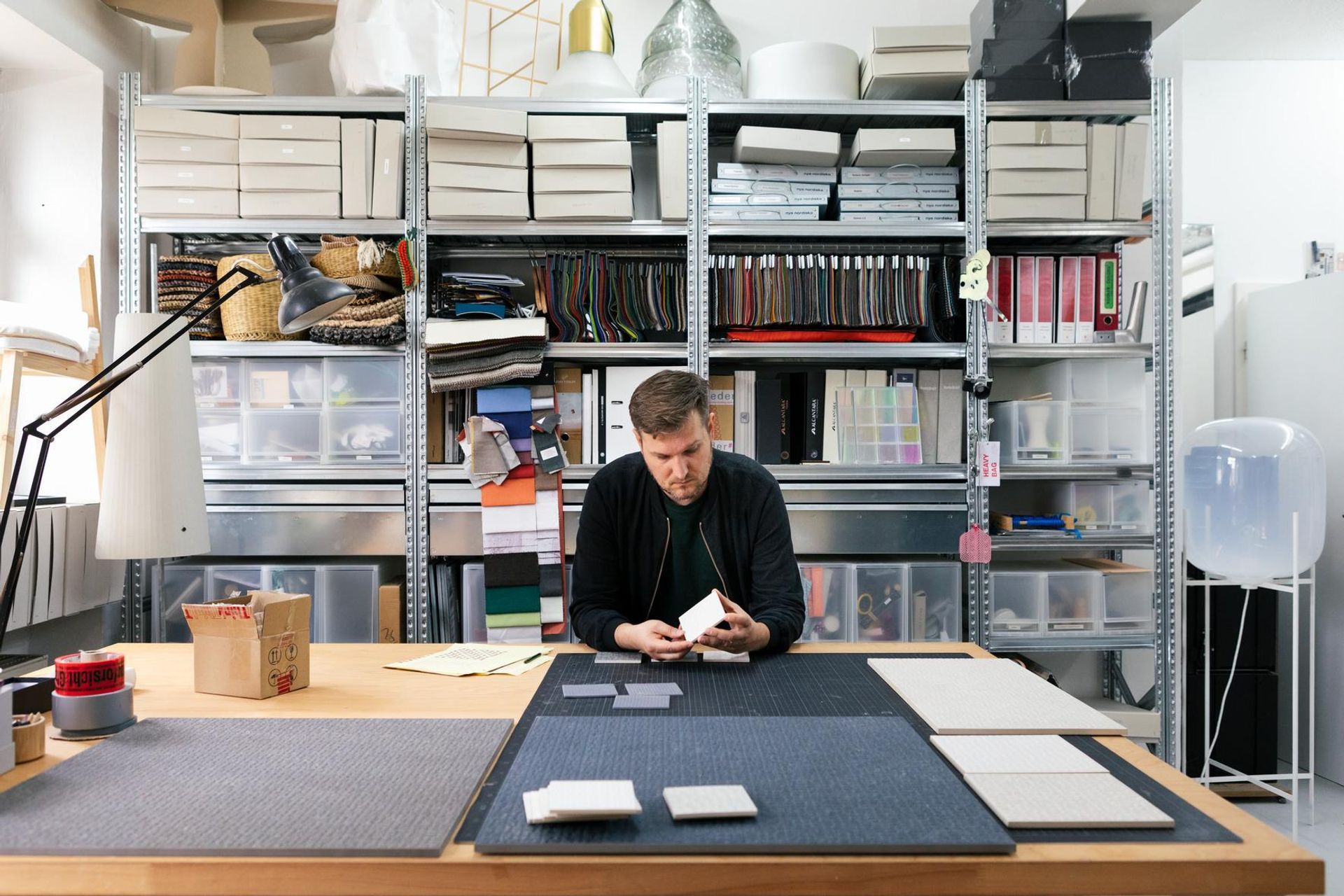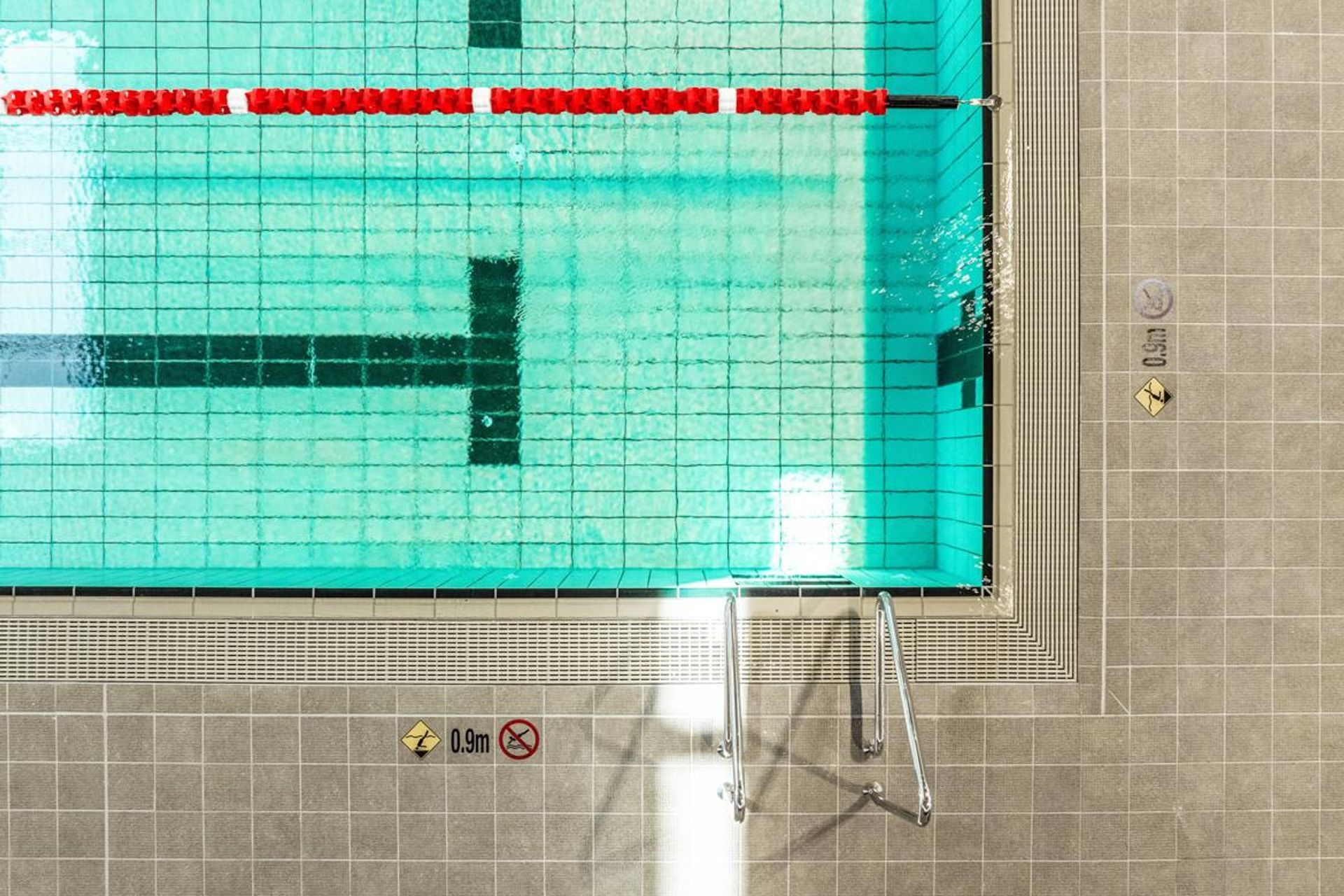Specifiers Guide to Tile Selection Part I: Demystifying Slip Resistance
What Is Slip Resistance
Slip resistance, sometimes called slip resistance rating or slip resistance classification, refers to a surface’s ability to provide sufficient friction to allow a shoe or foot to maintain traction and not slip or skid under wet or other potentially slick conditions. It is a measure of how easily the footwear bottom or barefoot can slide along the walking surface when confronted with factors like water, oil, grease, dirt or other contaminants like bacteria.
Several elements impact slip resistance, including the flooring material itself, the type of shoe sole, and any liquids, waxes, or other materials present between the shoe and floor interface. Smooth, polished surfaces generally have poorer slip resistance compared to surfaces with texture or roughness. Substances that thin out friction, like water, reduce slip resistance compared to dry conditions. Understanding these influencing dynamics is key for specifying tiles that deliver safe traction.
Factors Impacting Slip Resistance
Specifiers should consider:
Surface Texture: Surfaces with adequate depth within the texture provide friction when wet. Polished or very smooth finishes are to be avoided in high-traffic areas.
Contaminants: Other liquids like acids, oils, or waxes can drastically reduce slip resistance, depending on the properties of the floor material.
Wear & Maintenance: Over time and through regular cleaning/stripping, flooring texture depth may wear down, degrading slip resistance. Following the correct cleaning procedure will retain the tiles slip resistance. Equally, incorrect procedures, such as the use of overly abrasive cleaning pads will quickly reduce slip resistance.
Slope/Inclines: Steeper grades imply increased slip risk compared to level surfaces due to the forces of gravity.
Dirt & Bacteria: The build-up of dirt and bacteria which will make a tile slippery.
Classifications, Standards & Ratings For Slip Resistance
Slip Resistance Classification: Flooring materials are categorized into four distinct classifications for slip resistance assessment:
- P Classifications: Applicable to both internal and external surfaces with a potential for becoming wet or contaminated during regular use.
- D Classifications: Reserved for internal surfaces that are expected to remain clean and dry under normal usage conditions.
- A, B, C Classifications: Designed for surfaces intended for predominantly barefoot areas.
- R Classification: Assigned to profiled and textured surfaces or those installed in locations where heavy contamination may be encountered during standard use.
- V Classification: The displacement space (V4-V10) is the open space between the upper walked-on surface and the drainage level of profiled surfaces. Displacement space is measure as 4cm³ (V4) to 10cm³ (V10)
Testing Methods
In Australia, slip resistance recommendations and requirements are stipulated in various Standards, Handbooks, and Codes, including:
- Australian Standard AS 4586: 2013: Focuses on the slip resistance classification of new pedestrian surface materials. Published by Standards Australia in Sydney, New South Wales.
- Australian Standard AS 4663: 2013: Addresses the measurement of slip resistance for existing pedestrian surfaces. Published by Standards Australia in Sydney, New South Wales.
- Standards Australia Handbook HB 198: 2014: Serves as a guide for the specification and testing of slip resistance on pedestrian surfaces. Published by Standards Australia in Sydney, New South Wales.
- Standards Australia Handbook HB 197: 1999: An introductory guide to the slip resistance of pedestrian surface materials. Published by Standards Australia in Sydney, New South Wales.
- NCC 2016 Building Code of Australia – Volume One: Pertains to the Building Code of Australia for Class 2 to Class 9 Buildings.
- NCC 2016 Building Code of Australia – Volume Two: Pertains to the Building Code of Australia for Class 1 and Class 10 Buildings.
Testing Methods
Testing of new flooring surfaces adheres to the guidelines outlined in AS 4586:2013, focusing on the slip resistance classification of new pedestrian surface materials. The standard encompasses four distinct slip resistance test methods. For testing existing flooring, compliance is maintained with AS 4663:2013, which pertains to slip resistance measurement on existing pedestrian surfaces. Accredited testing laboratories by NATA (The National Association of Testing Authorities) are mandated for all testing procedures, necessitating the involvement of qualified and experienced personnel. The detailed test methods are described below:
- Wet Pendulum Test Method (AS 4586: Appendix A) (P Classifications):
This method, based on the UK Transport and Roads Research Council’s pendulum test, employs a skid tester that assesses surfaces in wet conditions. Results, reported as British Pendulum Numbers (BPN), are compared against a predefined table to determine the applicable P classification.
- Dry Floor Friction Test Method (AS 4586:2013 Appendix B) (D Classifications):
Utilizing the Tortus Floor Friction Tester, this method measures the dynamic coefficient of friction between the floor surface and standard shoe sole materials. The Slider 96 rubber is adopted as the standard material for testing, ensuring international consistency.
- Wet-Barefoot Inclining Platform Test Method (AS 4586 Appendix C) (A, B, C Classifications):
Also known as the wet barefoot ramp, this test involves two individuals determining the angle of inclination at which safe walking ceases under barefoot conditions. The results, reported in degrees incline, are compared against a table to assign the applicable A, B, or C rating.
- Oil-Wet Inclining Platform Test Method (AS 4586 Appendix D) (R Classifications):
Conducted by two test persons, this method determines the angle at which safe walking is compromised after coating the surface with engine lubricating oil. The results, reported in degrees incline, are compared against a table to determine the applicable R rating.
It’s important to note that these tests are simulations, employing standardized methodologies to assess and compare different flooring materials. While Wet Pendulum and Dry Floor Friction tests can be conducted in the laboratory or on-site following the standard, Wet-Barefoot and Oil-Wet Inclining Platform tests are exclusively performed in a laboratory under strict conditions in accordance with the specified standards. Each test method has inherent limitations and may not perfectly represent real-life situations due to potential variables.
Testing Method Observations
- Globally, the R rating stands out as the primary slip resistance classification methodology, particularly prevalent in Europe for many decades.
- Numerous international tile manufacturers present R ratings as a key component of their product offerings, in contrast to P ratings, which specifically pertain to Australian Standards.
- Crucially, due to the distinct test methods employed, there exists no direct correlation between R ratings and P ratings. Despite potential overlaps in test outcomes, assumptions cannot be made that a specific R rating consistently corresponds to a particular P rating. For instance, it cannot be presumed that an R10 will always align with a P3. Historical testing demonstrates that an R10 tile may fall within the range of a P2 or P4 rated tile.
Guidelines for Specifiers
Slip resistance specification is a nuanced process that extends beyond table references. Specifiers are tasked with considering the intended use of the space, other pertinent flooring standards, and operational factors such as cleaning costs.
- Consideration of Space Usage: Evaluate the intended use of the space, including factors such as the number and types of patrons (e.g., elderly, infirmed, walking, running).
- Footwear and Potential Soiling: Assess the type of footwear patrons will use, if any, and whether there is a potential for footwear soiling. If so, specify the type of soiling to be anticipated.
- Wet Conditions and Water Inundation: Determine if the area is prone to wet conditions or water inundation, such as in showers, sinks, or due to shoe-borne water at entrances.
- Spill-Prone Areas: Identify areas susceptible to spills, especially in locations where food is prepared or consumed.
- Comparison with Adjacent Areas: Check if any adjoining areas have significantly different slip resistance levels. Note that, according to HB 197:1999 standards, the slip resistance of standard flooring should not exceed a difference of 2 levels.
V Rating
The “V” rating on the tiles indicates the displacement space- the open space between the surface we walk on and the drainage level in profiled tiles. The displacement space significantly manages spills and materials on the tile surface, helping maintain safety by preventing slippery conditions. Profiled or heavily textured tiles would normally present a cleaning challenge due to their tendency to trap dirt and bacteria. In response to this issue, Agrob Buchtal, in collaboration with renowned industrial designer Sebastian Herkner, designed ‘The Grid’ pattern. With the Agrob Buchtal Grid, combined with Hytect, you get the best of both worlds—impressive slip resistance without compromising on ease of cleaning.

Hytect Surfaces
Dirt and bacteria/algae are two of the most important and common factors that make tiles slippery and resistant to proper cleaning. A clear correlation exists between slip resistance and cleaning practices, impacting associated costs. A higher slip resistance level demands increased cleaning efforts, resulting in escalated cleaning expenses. For instance, in a recent case study within a shopping center, elevating slip resistance from a P2 to a P3 rating led to a substantial 100% rise in cleaning costs. Architects should therefore, be wary of over-specifying slip resistance, given the consequent increase in cleaning required. It’s essential to note that cleaning practices have the potential to adversely affect the slip resistance of a floor material. Not surprisingly, all these competing factors, can overwhelm the most seasoned Architect. However, we have found that a robust solution is Hytect surface from Agrob Buchtal. In simple terms, Hytect technology gives you the best of both worlds, high-slip resistance and cleanability.
Addressing Slip Resistance With Klay Products
As a leading supplier of ceramic and porcelain tiles, mosaics, and terrazzo solutions, Klay offers many product options suited to applications where slip resistance is crucial. Here are some examples:
Area Pro: Area Pro provides a variety of slip-resistant surfaces, such as The Grid, featuring an R12V4 non-slip rating. Area Pro is ideal for commercial kitchens, aquatic centres and common areas in apartment complexes.
Ascona: Ascona tiles, with slip resistances up to R12/C, showcase both a beautiful aesthetic and functionality. Thermoplastically glued mosaics make them ideal for water submersion, including swimming pools. The series offers practical variants, such as grooved surfaces for pool edges. Ascona is also well-suited for outdoor design, with 20mm paver tiles providing a seamless indoor-to-outdoor transition.
Basis 3: The timeless color palette and versatile sizes, ranging from 5 x 5 cm to 35 x 100 cm, allow for cost-effective solutions in various spaces. The recent addition, Basis Pro, introduces a collection of contemporary and durable porcelain stoneware floor tiles. Notably, it offers high slip resistances, ranging from R10/A to R11/B and up to R13V10. The comprehensive range includes shower tub systems, stair tiles, and special pieces, enhancing the overall selection.
All three series from Agrob Buchtal – Area Pro, Ascona, and Basis 3 – therefore provide designers with diverse slip resistance ratings from R10 all the way up to R13V10. This allows the specification of the appropriate rating needed for each unique project application, whether residential or commercial. The high-performance slip resistance also ensures safety in wet areas like pools, wellness facilities, and commercial kitchens.
